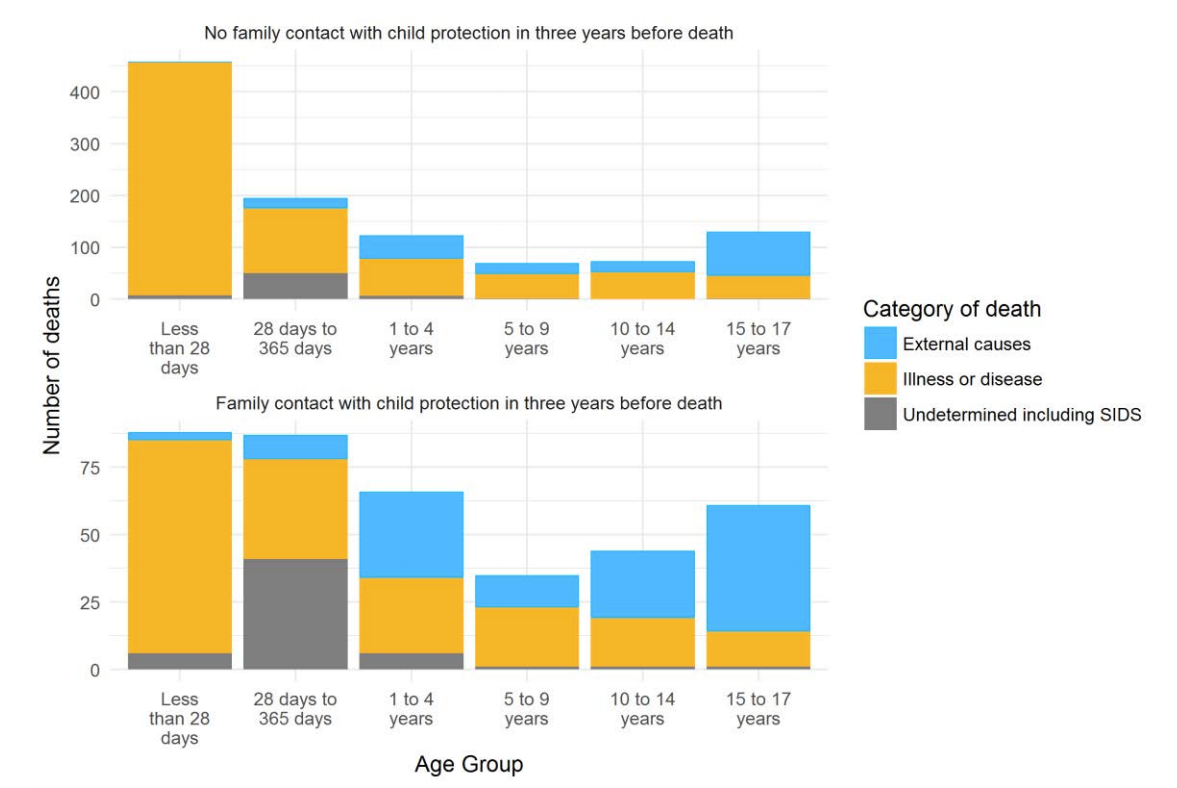Govt faces “significant challenges” implementing child protection reform
A government committee has cast doubt on the Department for Child Protection’s progress in implementing recommendations from the Nyland Royal Commission, after it found more than a quarter of SA children who died since 2005 had contact with child protection services.

Families SA was transitioned into the Department for Child Protection following the Nyland Royal Commission into South Australia's child protection system.
In its annual report tabled in State Parliament, the Child Death and Serious Injury Review Committee found that 389 of the 1449 South Australian children who had died since 2005 had contact with child protection services in the three years prior to their passing.
Of those 389 children, 52 per cent lived in the state’s most disadvantaged areas.
According to the committee, the Department for Child Protection is experiencing “significant challenges” in achieving proposed reforms made by the 2016 Nyland Royal Commission into South Australia’s child protection system.
Commissioner Nyland’s The Life They Deserve report made 260 recommendations – 196 of which the former Labor Government committed to implementing, with a further 60 recommendations agreed to in principle.
A progress report published in June this year by the Department for Child Protection stated 76 recommendations had been “completed”, with 164 either in implementation or planning stages and a further 16 recommendations yet to be acted on.
According to the Review Committee’s report, the state’s child protection system continues to experience “significant legislative, organisational and administrative change” since the 2016 Royal Commission.
The report states the committee met with senior executives from DCP in August with the purpose of “clarifying implementation strategies and timeframes underpinning policy changes”.
“This meeting provided some clarification and it was clear to the Committee that two years after the release of the 2016 Royal Commission Report, the achievement of the proposed reforms posed significant challenges for the child protection system,” the report says.
“In the Committee’s view, changes to policy and practice are just beginning and will take time to implement and be evaluated.
“Based on its reading of files where deaths have occurred since 2016 (ie the 40 deaths of children in 2017), the Committee considers that there remain significant ongoing systemic and practice issues that will need to be improved to ensure quality child protection practice.”
InDaily has contacted the committee for details on the “significant issues” mentioned in its report, but is yet to receive a response.

Number of deaths by age group, category of death and child protection
contact status for all children, South Australia 2005-2017. Graph: CDSIRC
The report lists a series of “priority areas” for child protection policy change that the committee considers necessary.
Those include:
- The frequency and management of notifications listed as “closed no action” and where “resources prevent investigation”;
- The system’s response to multiple notifications and its identification of, and response to, neglect;
- The frequency and quality of supervision for practitioners dealing with complex cases, and for the significant number of practitioners with limited training or experience in child protection work.
The report makes special reference to the number of children who had been in contact with child protection services and who died after they were placed to sleep.
Between 2005 and 2016, 118 children under the age of one died after they were put to sleep with at least one “unsafe sleeping factor” present.
Of those 118 children, just under half had contact with the child protection system in the three years prior to their death.
“All infants, regardless of contact with the child protection system, are at greater risk when they are not placed to sleep in an approved bed,” the report says.
“Parental smoking, not being breast-fed and bed-sharing are factors occurring more frequently in the circumstances of the deaths of infants whose families had contact with the child protection system.”
According to the Department for Child Protection, one in four children born each year in South Australia are expected to be the subject of at least one notification to the child protection system by the time they reach age 10.
DCP acting CEO Fiona Ward said in the two years since the Nyland report was handed down, the department had made progress in working to create a better system for vulnerable children and young people.
“To date, reform has focused on developing and implementing the necessary legal and policy frameworks, as well as the workforce and practice supports required to drive change in the system,” she said.
“This includes the implementation of the Children and Young People (Safety) Act 2017, which has been a key driver for practice and system improvements across the department and the wider sector.”
Ward said the department was working towards moving away from a traditional view of child protection as “isolated responses to incidents of abuse and neglect”, to one of “whole-of-government responsibility for the safety and wellbeing of children and young people”.
“This will be supported by a newly formed State Government Taskforce, which will have a focus on early intervention and prevention, and ultimately, reducing the impact and extent of child abuse and neglect in our state,” she said.




